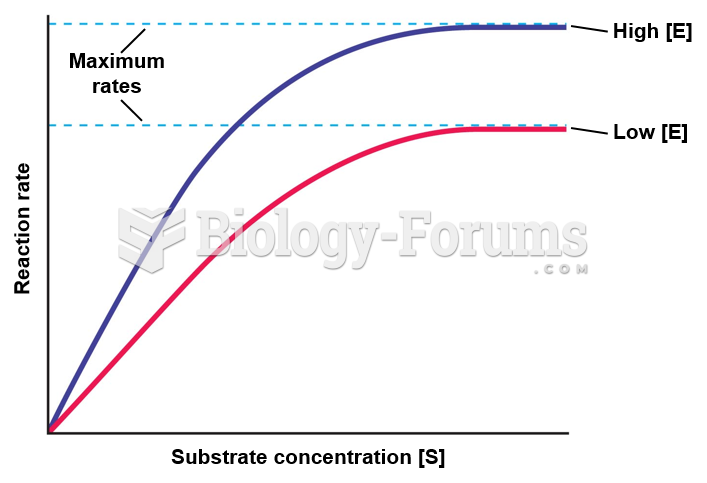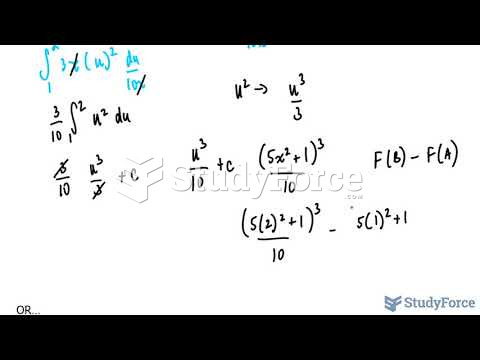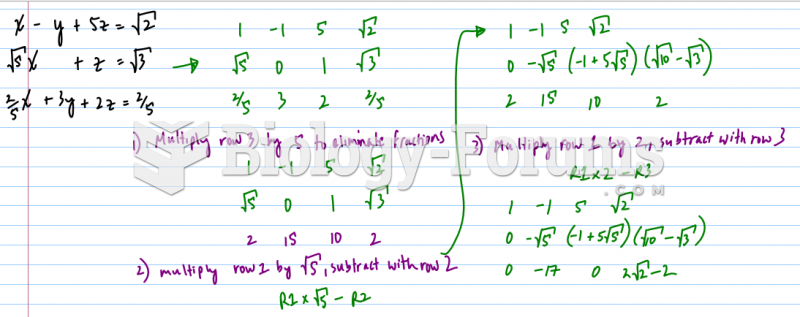Instructions: Classify each reaction below as a(n):
a.
addition
b.
elimination
c.
substitution
d.
rearrangement
 Question 2
Question 2Instructions: Classify each reaction below as a(n):
a.
addition
b.
elimination
c.
substitution
d.
rearrangement
 Question 3
Question 3Instructions: Classify each reaction below as a(n):
a.
addition
b.
elimination
c.
substitution
d.
rearrangement
 Question 4
Question 4Draw the Newman projection for the specified conformations for rotation about the C-C bond of 1,2-dichloroethane.
There are two eclipsed conformations of 1,2-dichloroethane. Draw them.
Question 5Draw the Newman projection for the specified conformations for rotation about the C-C bond of 1,2-dichloroethane.
There are two staggered conformations of 1,2-dichloroethane. Draw them.
Question 6Instructions:
Consider the conformations of 2-methylbutane shown below to answer the following questions.

Refer to Instructions. Which of the structures represents the
least stable conformation of 2-methylbutane?
Question 7Instructions:
Consider the conformations of 2-methylbutane shown below to answer the following questions.

Refer to Instructions. Which of the structures represents the
most stable conformation of 2-methylbutane?
Question 8Draw a structure corresponding to the following name:
cis-1-
sec-butyl-2-ethylcyclopentane
Question 9Instructions:
MATCH a structure below to each of the following descriptions and place the letter corresponding to the structure in the blank.

Refer to Instructions. _____is a cyclic alkane with two cis methyl groups.
Question 10Instructions:
MATCH a structure below to each of the following descriptions and place the letter corresponding to the structure in the blank.

Refer to Instructions. _____is a tertiary chloride.
Question 11Instructions:
MATCH a structure below to each of the following descriptions and place the letter corresponding to the structure in the blank.

Refer to Instructions. _____is an aromatic ketone.
Question 12Instructions:
MATCH a structure below to each of the following descriptions and place the letter corresponding to the structure in the blank.

Refer to Instructions. _______is an amino aldehyde.
Question 13This skeletal structure corresponds to the molecular formula:

a.
C
5H
6O
6 b.
C
7H
10O
6 c.
C
6H
6O
6 d.
C
6H
8O
6Question 14Draw two isomeric alcohols with the formula C
4H
10O.
Question 15D-Pinitol is an interesting hexahydroxycyclohex
ane, whose structure is shown below.

On the templates provided, draw the two chair conformations that are in equilibrium for D-pinitol.
Circle the
most stable conformation.
 Question 16
Question 16Instructions: (-)-Menthol is responsible for the characteristic flavor and taste of peppermint. The structure of (-)-menthol is shown below. Use this information to answer the following question.

Refer to instructions. On the chair template provided below, draw the two chair conformations that are in equilibrium for (-)-menthol.
 Question 17
Question 17Which of the following is the most stable conformation of
trans-1-ethyl-3-methylcyclohexane?
a.

b.

c.

d.
 Question 18
Question 18Which of the following is the most stable conformation of
cis-1-isopropyl-3-methylcyclohexane?
a.

b.

c.

d.
 Question 19
Question 19Which of the following structures represents
trans-1,2-dimethylcyclohexane?
a.

b.

c.

d.
 Question 20
Question 20Which of the following structures represents
trans-1,3-dimethylcyclohexane?
a.

b.

c.

d.
 Question 21
Question 21Substitution of which of the following groups on a cycloalkane would result in the greatest amount of steric strain?
a.
bromo
b.
ethyl
c.
isopropyl
d.
hydroxyl







